VR/AR in Conflict-Related Sexual Violence Accountability
THE QUESTION
Can virtual and augmented reality support survivors of conflict-related sexual violence (CRSV) and contribute to more effective CRSV court cases?
LOCATION: Worldwide
SECTOR: Human Rights
TECH: Virtual / Augmented Reality
TIMELINE: September 2022 - December 2023
PIONEER: Jaye Ho
PARTNERS: Royal College of Art, Immersonal
The Challenge
Conflict-related sexual violence (CRSV) is a heinous crime that can also constitute international crimes such as war crimes, crimes against humanity, and genocide. Women and girls are primarily victims of CRSV, although sexual violence against men and boys is generating increasing attention.
Achieving justice for these inhumane crimes is difficult. Sexual crimes are underreported even in peacetime, and because of its occurrence during times of instability, prosecuting conflict-related sexual violence crimes can be difficult.
To tackle this impunity, where international courts are involved, they build up cases against high-profile individuals, usually senior officials of a conflict group who are seen as most responsible for widespread violence of their subordinates.
While the high-profile, public-facing nature of the trial means that efforts to safeguard survivors, such as protecting their identity, are extremely important, current identity protection measures may not be enough to reassure survivors to step forward.
Additionally, while for some survivors, testifying in court can be a positive experience, where they can exercise their agency, the process of seeking justice does carry a high risk of re-traumatisation, particularly when a survivor gives courtroom testimony far from their home and when they have to describe their experience multiple times.
The Idea
The initial pilot idea was to explore the use of augmented and virtual reality (AR/VR) in the context of international courts in a wide sense, with the focus on impacts related to CRSV accountability.
Augmented and virtual reality technology, for example, could be used to demonstrate the crime scene and situation context in a three-dimensional space, which might give the court a stronger understanding of spatial relationships that could help a case. Alternatively, VR is a powerful tool to generate empathy and could be useful in increasing support for CRSV survivors. Or virtual reality could be used to better inform survivors of what a courtroom might look and feel like before they give testimony, virtually or having travelled to the international court.
Key Activities
Sprint 1 (September - November 2022): Experiments focused on ideation around the use of AR/VR in international courts, as well as to validate these ideas with different stakeholders.
Sprint 2 (May - June 2023): With a technical partner and a broad use case identified (courtroom sensitisation), efforts concentrated on the design considerations of the solution (use of avatar, age-appropriateness of features), as well as how different organs of the court could use a tool to complement existing interactions with survivors.
Sprint 3 (July - August 2023): Activities focused on producing a storyboard whose narrative could satisfy potential witness concerns, and lead to more informed potential witnesses. Further work was made to assess hardware options (headset, controller,) from a user experience perspective, which was done with representatives of survivor groups.
Sprint 4 (September - December 2023): This involved the creation of a script that aligns with language used by the OTP, recording of audio and video, and the eventual production of the prototype tool. The team tested the prototype with survivors and members of the public to understand its usefulness and appropriateness.
Findings
The pilot has shown that there are multiple potential ways for AR/VR technology to be used by international courts. Furthermore, the pilot has resulted in a prototype that has highlighted a tangible example of how immersive technology like virtual reality can be used to sensitise people to experiences that they may find unpleasant or triggering, and where consent must be given to undertake a real-life experience.
Finding 1: AR/VR tools can be designed to fit the legal parameters of international investigations and support a survivor-based approach.
Finding 2: There is a trade-off between user experience and designing for sustainability and future adaptability.
Finding 3: A VR tool could augment existing activities to sensitise CRSV survivors to the courtroom process, with minimal risk of traumatisation

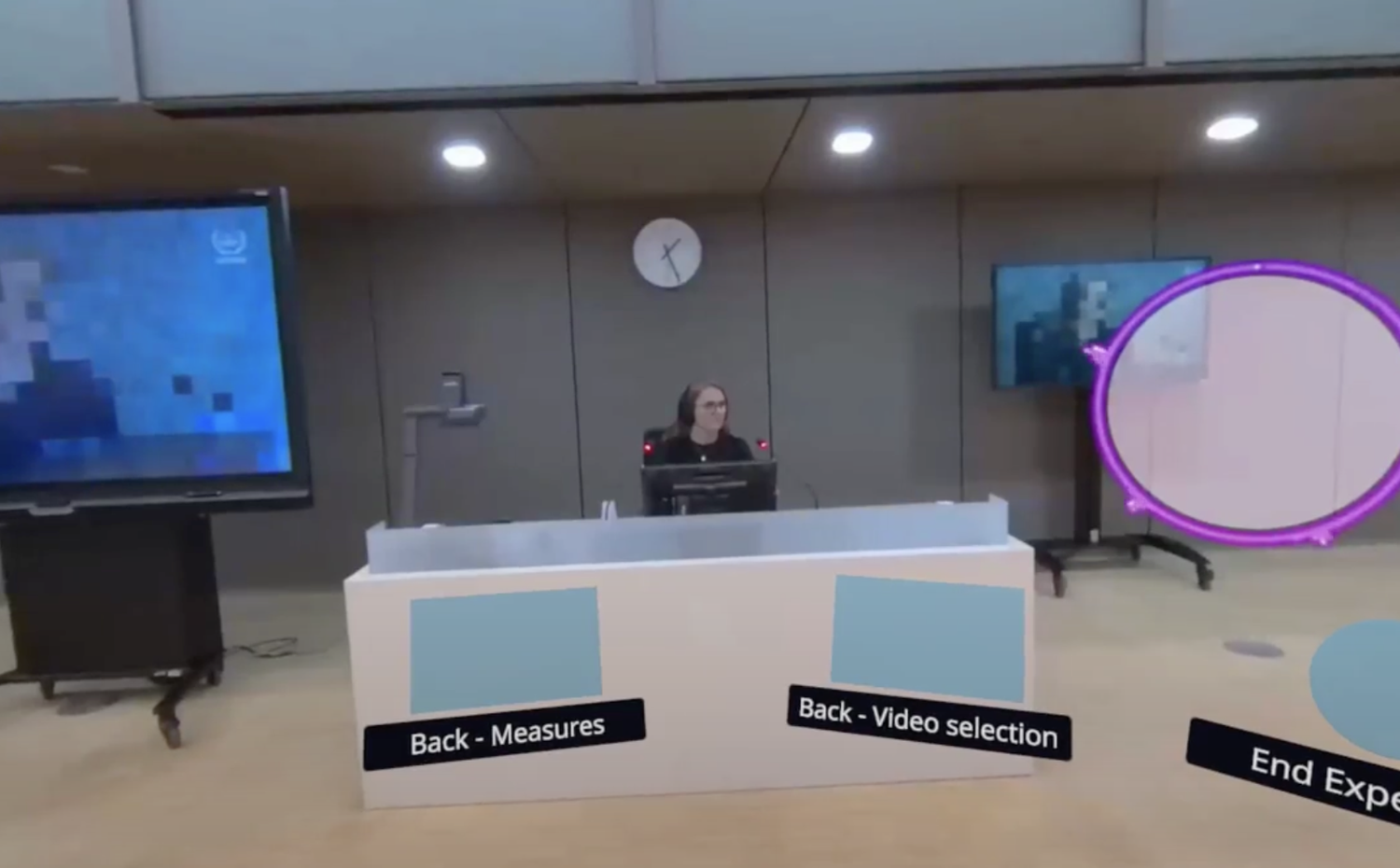

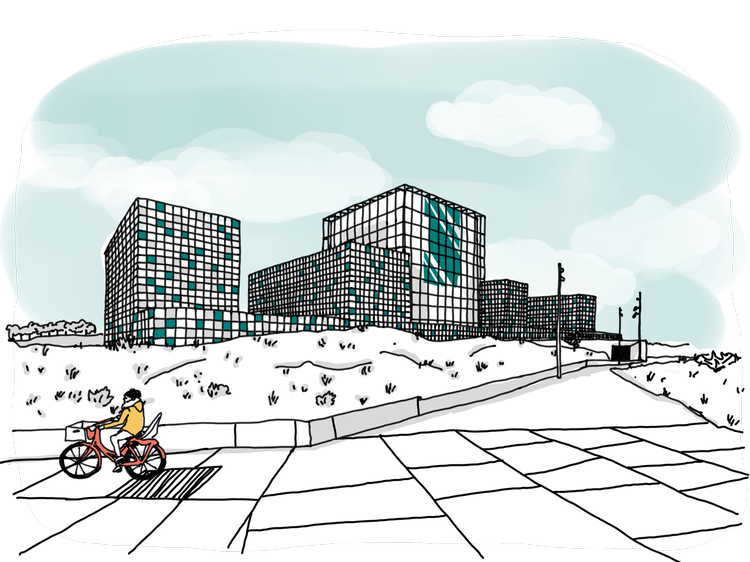
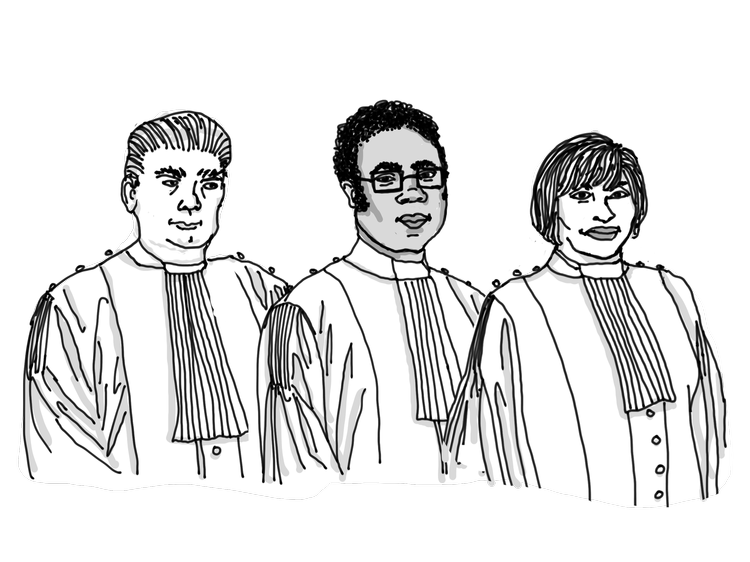
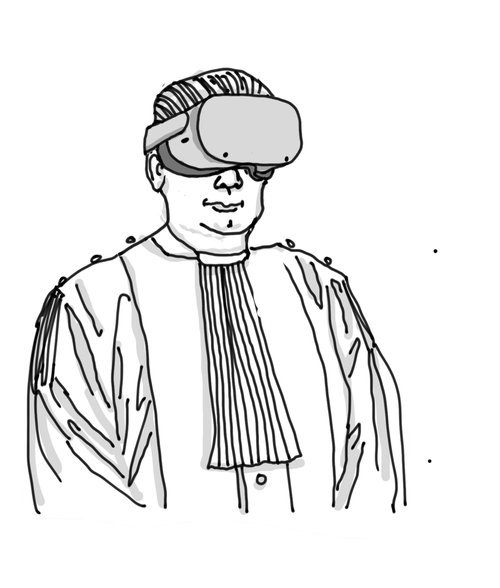
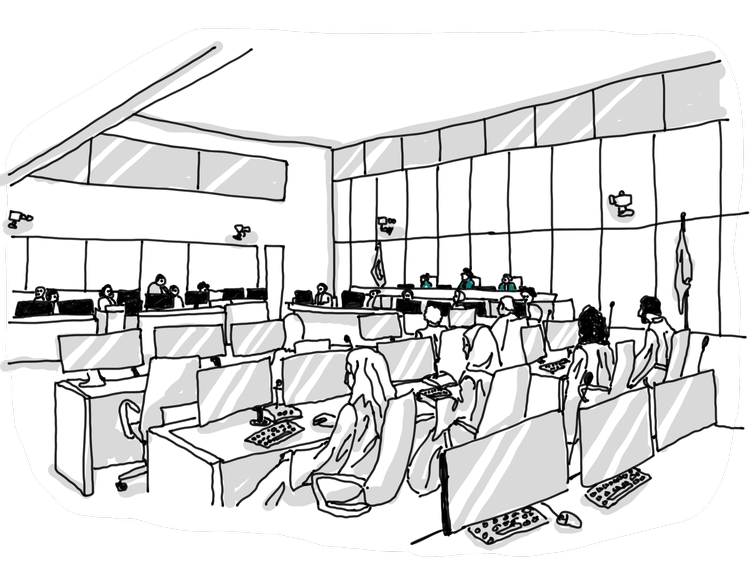

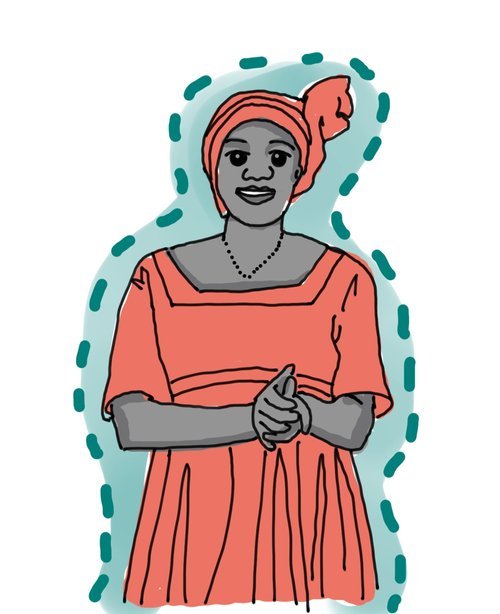
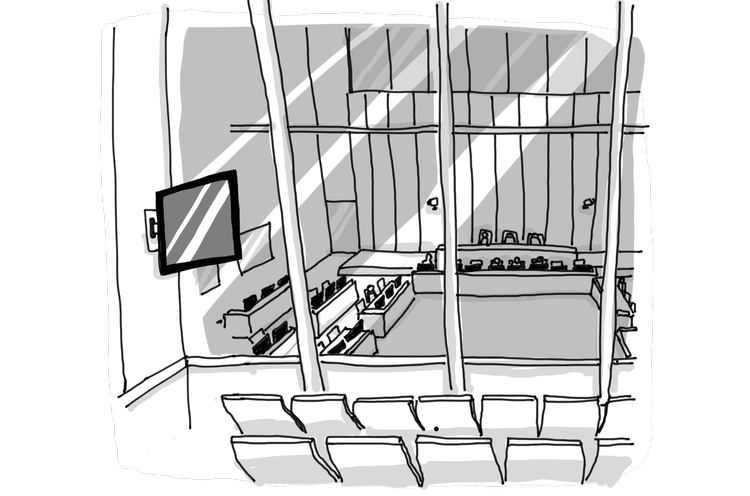
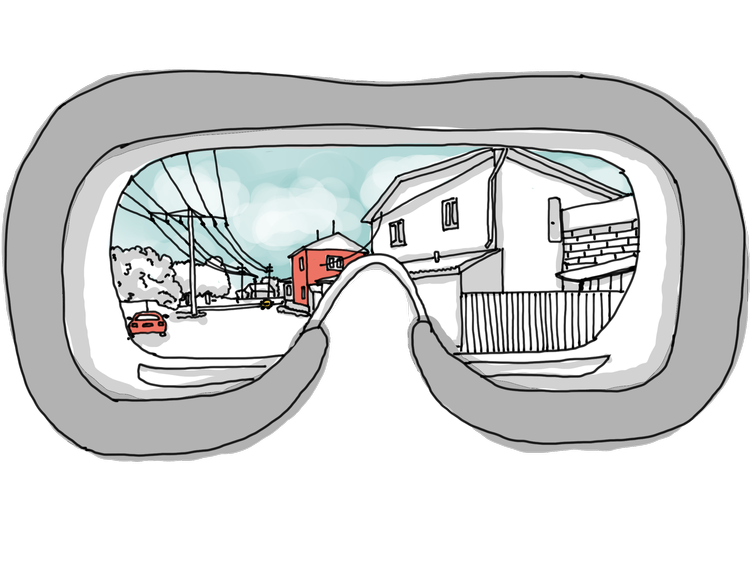
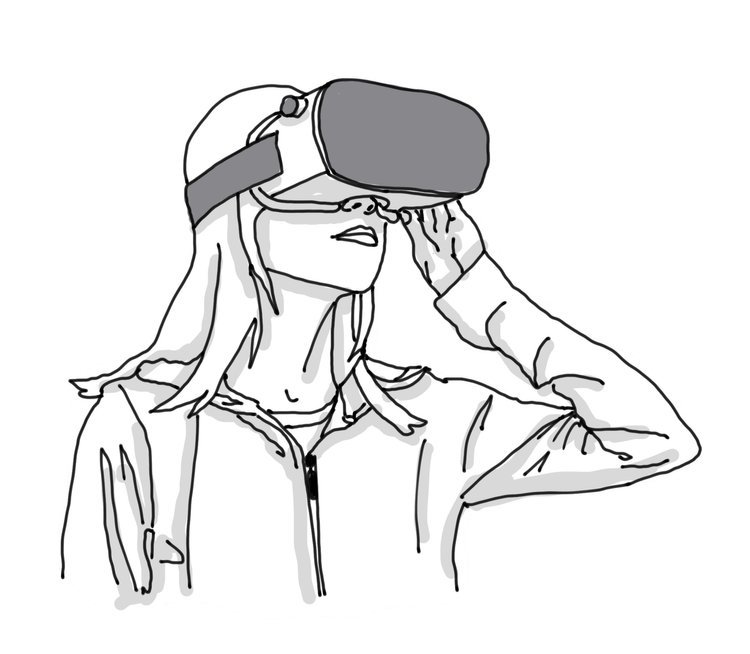
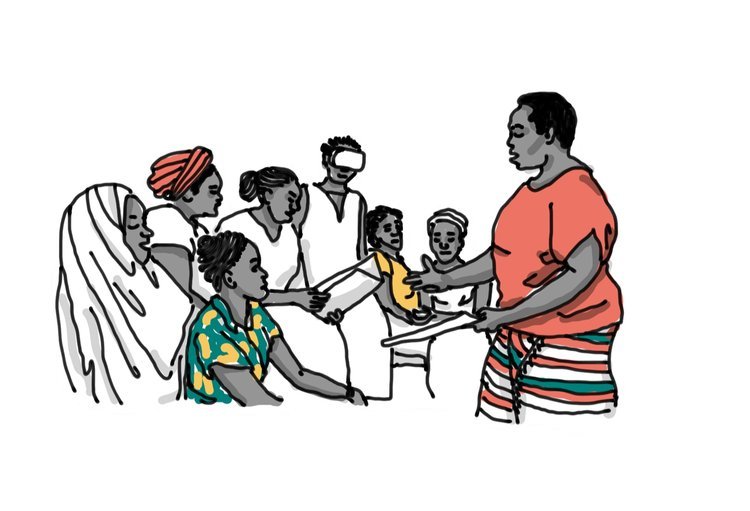
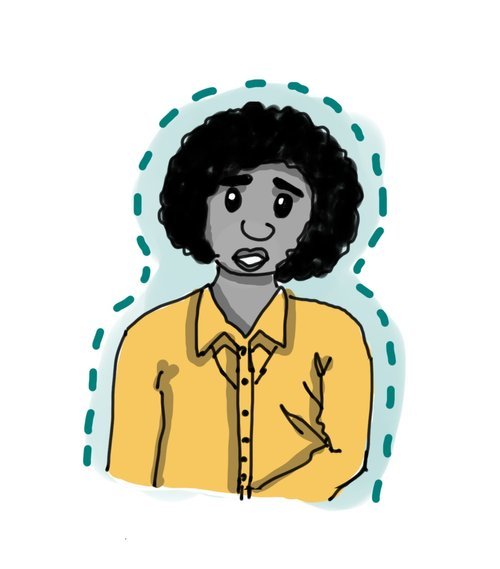
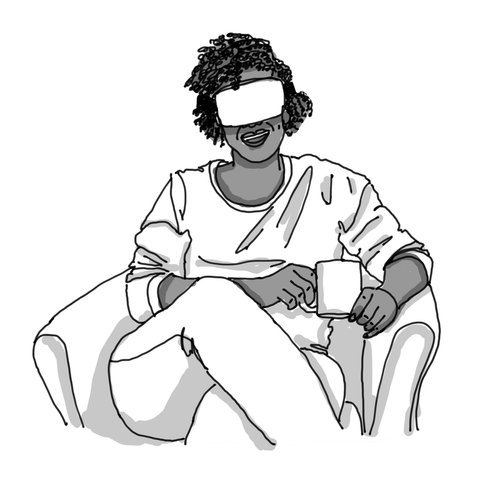

This could protect identities by replacing blurred faces with life-like avatars. The possibilities are broad. And these strands could all pull together to shift the power balance and offer victims a genuinely safe and possible route to justice.